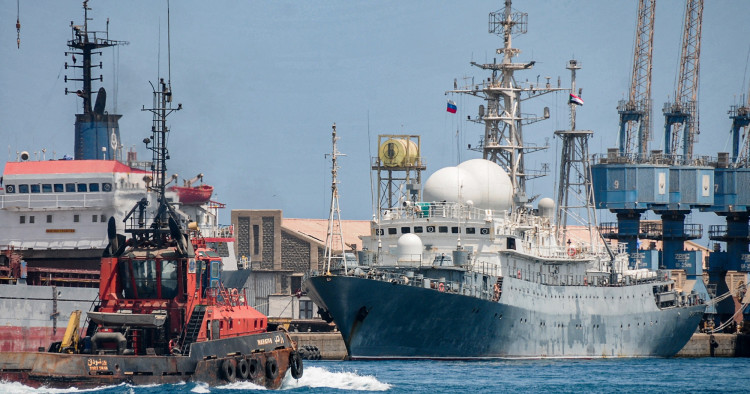2023/05/01
Most of the troubles plaguing the subtropical waters of Florida and the Caribbean revolve around disappearing marine life: coral reefs, fish populations, sea grass beds. It’s decidedly the opposite case with sargassum, the floating brown seaweed that has exploded in record-setting mass throughout the region.
Nothing can stop the stinky brown mats from carpeting beaches and shorelines through this summer: Sargassum quantities hit record levels in the Caribbean in April, according to researchers at the University of South Florida, and the scientists wrote in a May 1 report that sargassum totals are only “expected to increase over the next few months, with impacts of beaching events in the Caribbean Sea and Gulf of Mexico worsening accordingly.”
The problem, the researchers wrote, is especially acute along the southern coasts of Hispanola, Jamaica and Puerto Rico. So there is increasing commercial and research interest in developing ways to put such an abundant and seemingly sustainable resource to use.
In Jamaica, for instance, one company started out converting sargassum to fertilizer or animal feed and has since turned to converting it into biofuel. Another company is farming a different kind of seaweed that produces agar, a jellylike substance used in a lot of health food products. There is regional and even global interest in determining whether seaweed farms and sargassum also could act as a “carbon sink” to offset greenhouse gas emissions.
Seaweed is, at least technically, edible. Some species of the floating algae have long been used in Asian cuisine and, when dried, in medicine. And while it’s not been commonly consumed in the Caribbean, it has been eaten by Jamaican fishers – at least in times of desperation.
“I’ve been at sea with other fishermen, stranded for days, starving. We happen on a big floating mass of grass and I witnessed men eat that grass like food. Men that are alive today to tell the tale,” said Romain Betty, who lives in the coastal town of Manchioneal. His story drew nods of agreement from others around him.
But recent research show sargassum comes with health risks and uncertainties that likely will keep it from winding up as part of anybody’s diet, said Jodiel Ebanks, beaches coordinator at the National Environment and Planning Agency (NEPA) in Jamaica.
“We suggest a cautionary approach when dealing with sargassum due to the levels of arsenic and other heavy metals found in it,” she said. While it might sustain fishers for brief periods, there are too many unknowns at the moment to say what the impacts might be over the long term if used in the food supply – at least without considerably more study.
A series of new studies detected troubling arsenic levels in sargassum. Mexican researchers who measured the heavy metal concentrations in sargassum that washed up on Mexican beaches in 2020 found that 86% of the seaweed they sampled had arsenic levels above the legal limit for animal fodder under European regulations. It also found that sargassum-based fertilizers could transfer heavy metals into vegetables.
In Jamaica at least, those concerns have already taken sargassum off the table as an option for animal feed or fertilizer.
One startup called Awganic Inputs became known for turning sargassum into fertilizer and feed for goats, an island staple. But it pivoted from that when the new science broke. CEO Daviean Morrison recalls the transition with a scrunched brow. The questions about “trace amounts” of arsenic remain unresolved, he said.
“The details of what parts per gram and things like that, we’re not sure. So we just said until we can answer those questions ourselves we’ll stick with a method where there is no harm,” said Morrison. Awganic Inputs, located in the coastal parish of Clarendon, has since trademarked a new process to turn the sargassum into biofuel they call “ecoal.” That can potentially provide an alternative and plentiful fuel that would help protect Caribbean forests from being harvested to make charcoal.
Morrison employs fishermen to collect the algae from the beach and store it for drying. It’s enough for some to make a living. That’s welcome work when the sargassum makes fishing difficult. While drifting sargassum mats provide shelter for small crabs and other creatures that draw fish like mahi, too much of it also can make coastal fishing difficult, said Betty, the fisherman.
“Sometimes there is so much out there that it blocks up the boat engine,” he said. “Then we have to tip the boat up to remove the grass from it and just hope for the best.”
While promising, it’s far from clear if operations like Awganic Inputs could be scaled up enough to put a dent into annual sargassum blooms that scientists say have been increasing in recent years, fueled by increased nutrient pollution and climate change.
The Great Atlantic Sargassum Belt — the official name for the collection of floating brown seaweed that sprawls across 5,000 miles from the Gulf of Mexico to the west coast of Africa — contained about 13 million tons of seaweed by the end of March, according to researchers at the University of South Florida’s Optical Oceanography Lab who have been monitoring the sargassum belt via satellite.
In Miami-Dade County, last year’s seaweed cleanup budget ran $3.9 million, and this year the county is estimating perhaps $6 million in expenses. That pays for heavy equipment scraping the beach clean daily at the height of the summer sargassum season and trucking it away to landfills.
In Jamaica, clearing many coastal beaches is far more labor intensive — and Awganic Inputs’s workers must follow standards meant to protect the coastal environment. NEPA has been stern in its warning against using heavy gear and vehicles on beaches, prohibiting the use of vehicles like tractors and trucks which can compact the sand and damage or destroy homes and nesting grounds for creatures like sea crabs and turtles.
“Removal should include non-intrusive methods such as raking by hand, beach-raking equipment such as perforated conveyor belts,” Ebanks said. Sargassum harvesters also must return sand that falls loose from drying areas to the beach. That’s done after the seaweed, heavy when sopping wet, becomes easier to handle as it dries before being delivered to Morrison for processing into biofuel.
With the economy of Caribbean countries like Jamaica heavily reliant on tourism, finding solutions that would keep the beaches attractive and accessible would be a huge boon. Turning seaweed into a money-making, job-creating enterprise would even be better.
Another Jamaica company, Kee Farms, is actually growing seaweed along the coast. It’s not drifting sargassum but another planted algae that can be harvested and processed for agar, which is used in health foods. Seaweed farming might also be used to capture and store carbon, helping offset damaging greenhouse emissions. There is an emerging, potentially lucrative global market for such operations. And companies like Kee Farms and aBritish firm, exploring the use of sargassum in vast sea pens, are exploring its viability.
Whether seaweed farming could put a dent in climate change remains highly uncertain, however, according to a 2021 research paper in Nature. It raises a long list of side-effects that could offset the benefits and might even make climate change worse.
So, for the near future at least, only currents and winds will shape how much sargassum rolls in on the next tide.
____
Taylor Gladstone is a journalist and author based in Jamaica who writes on environment, culture and other topic. His work on this story was supported by the Pulitzer Center. This story also was produced in partnership with the Florida Climate Reporting Network, a multi-newsroom initiative formed to cover the impacts of climate change in the state.
© Miami Herald


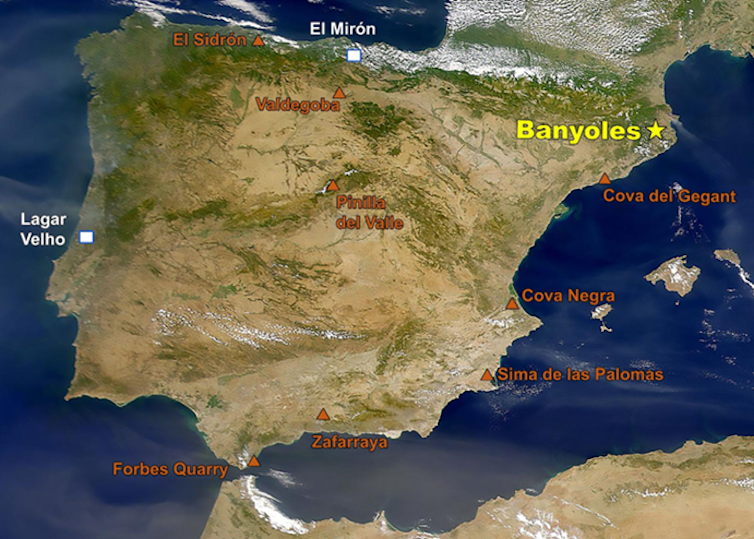

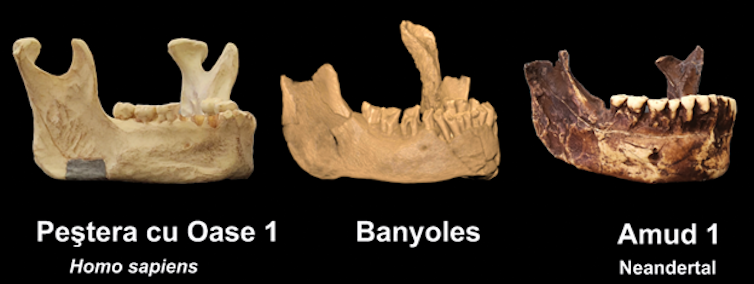

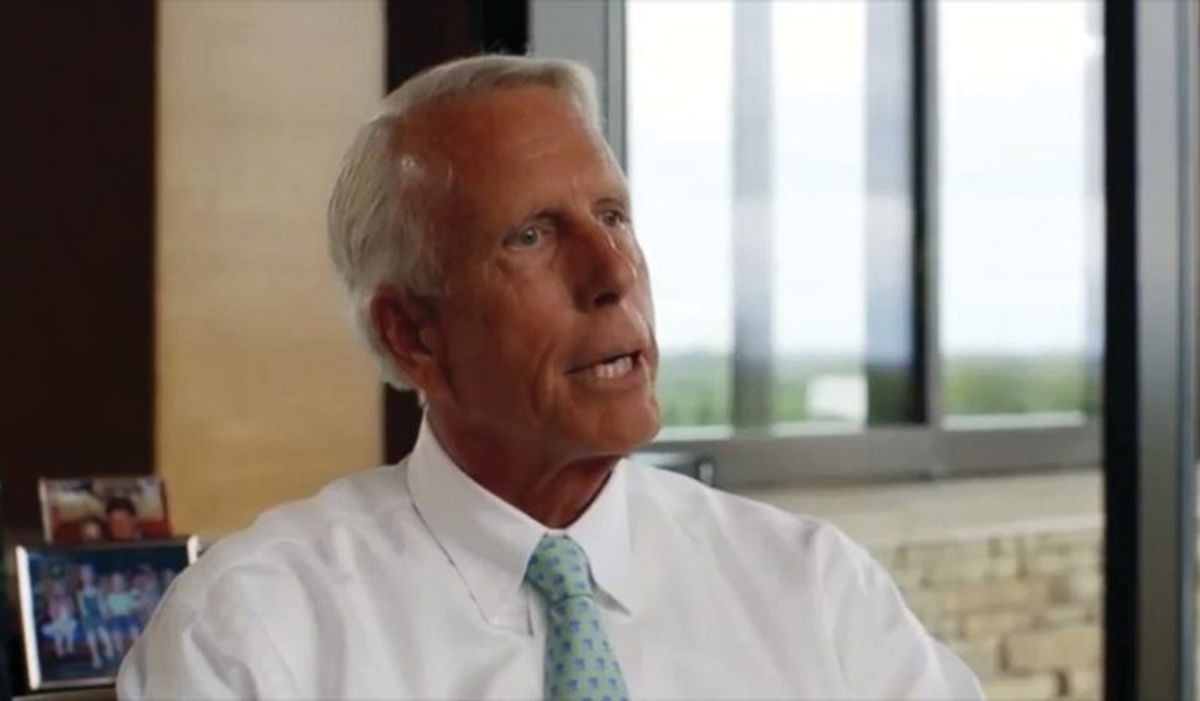


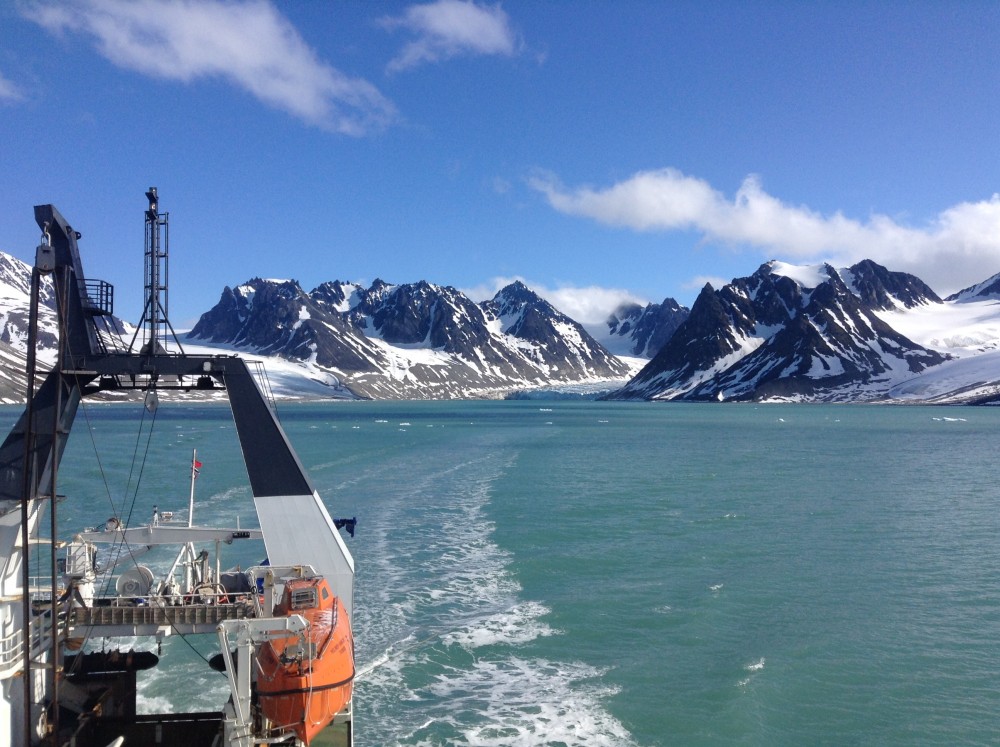
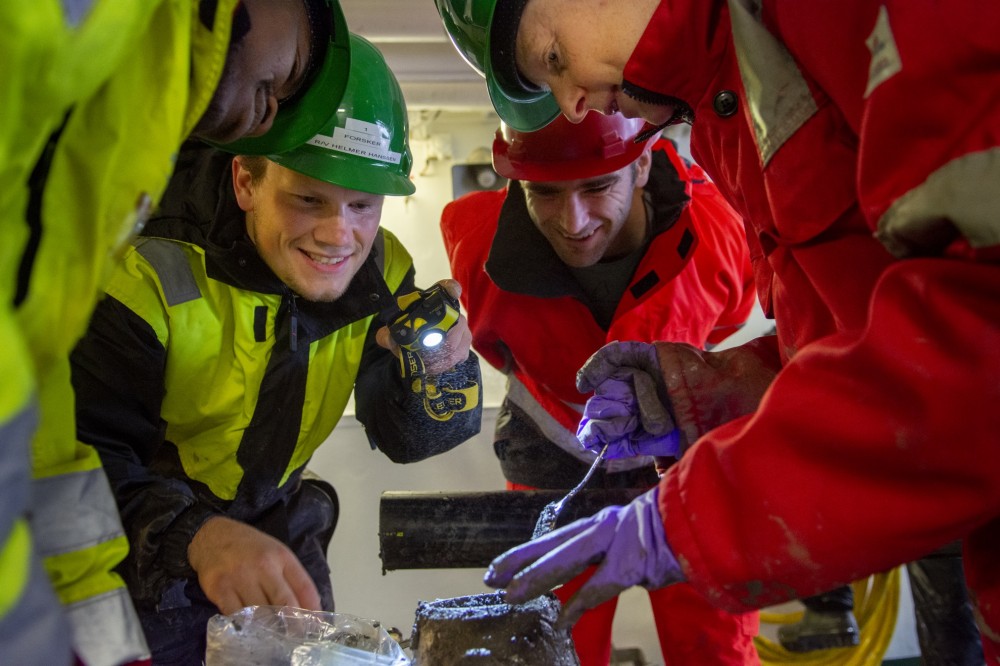
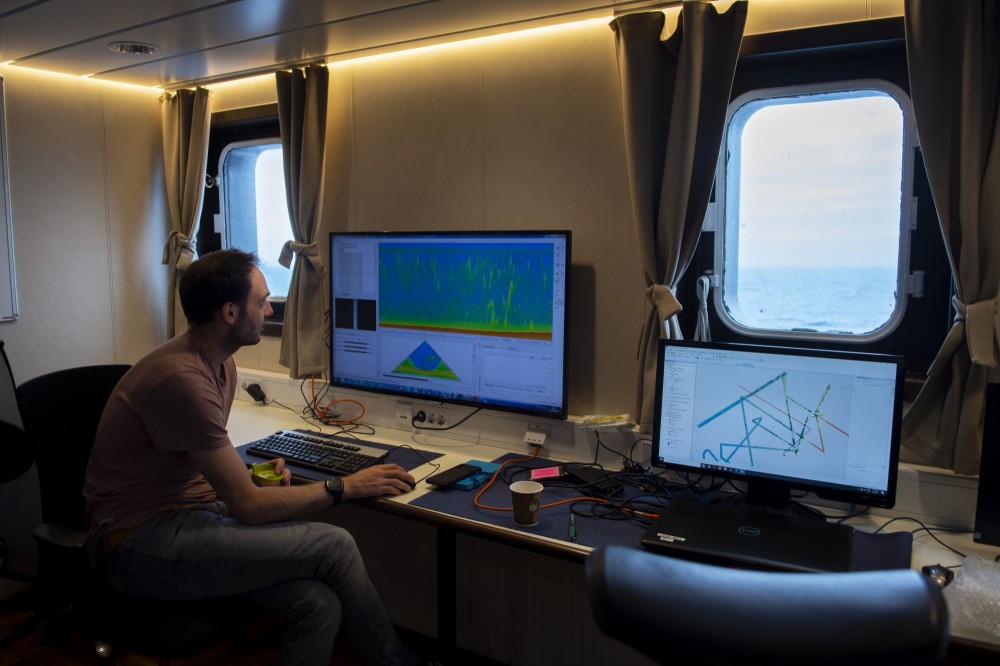
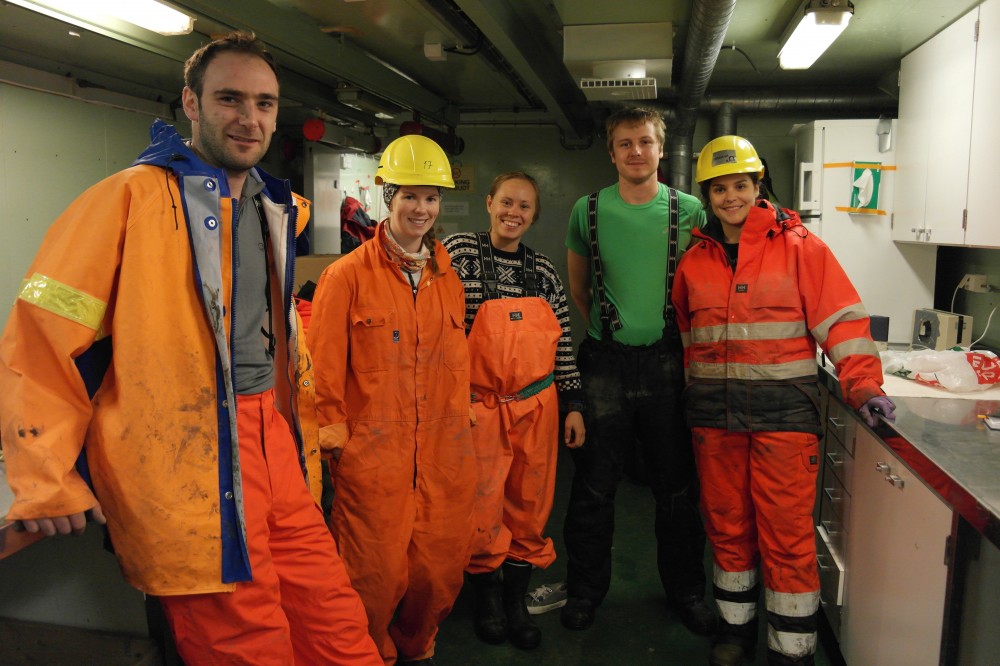
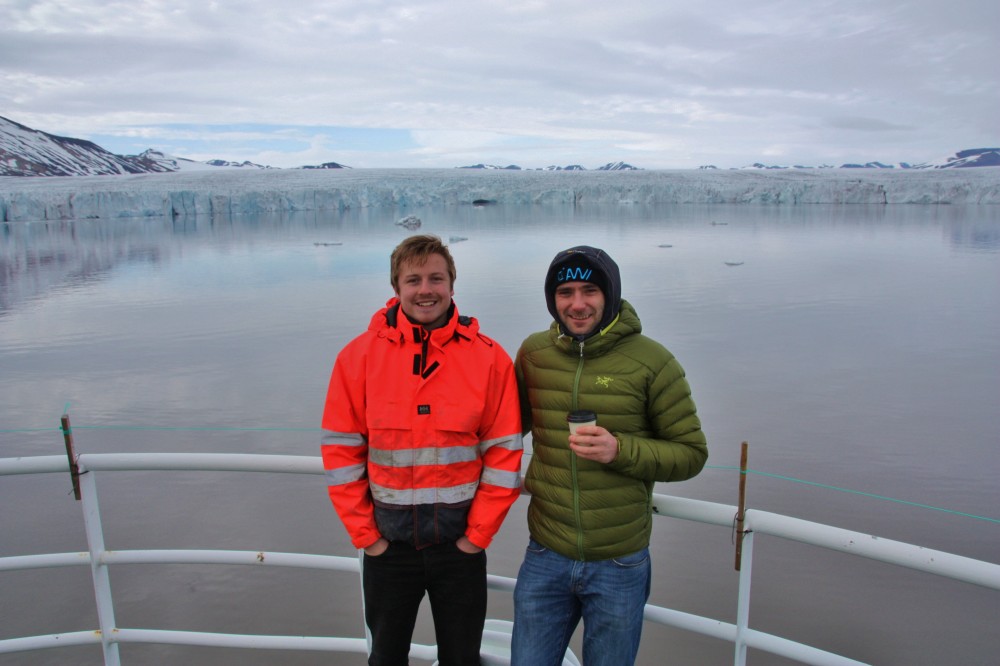
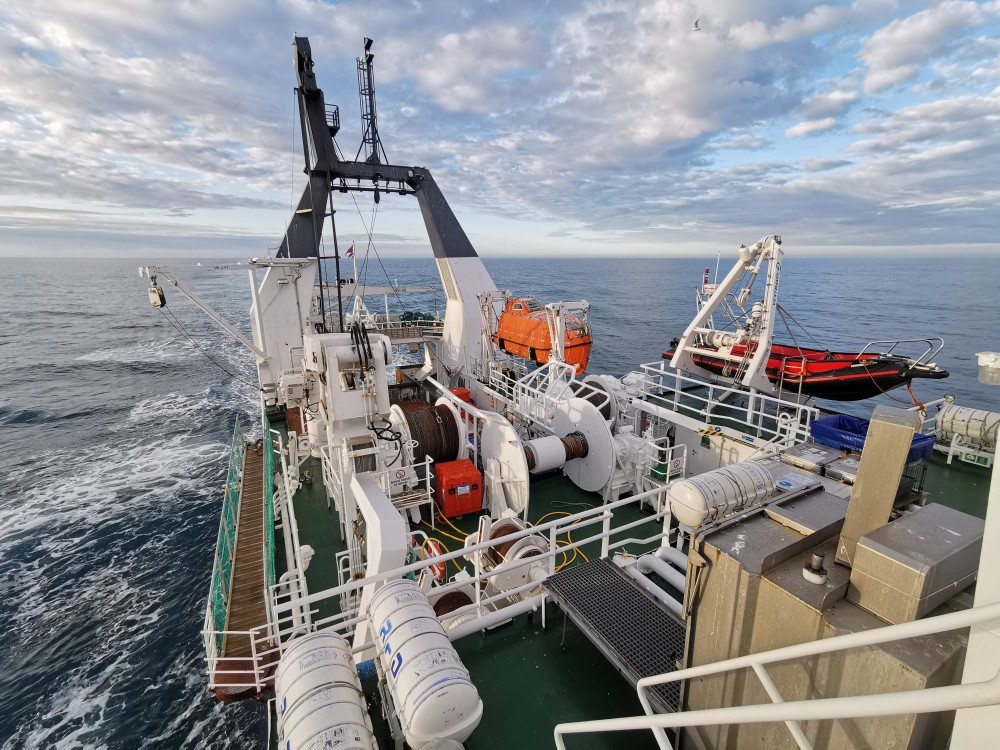
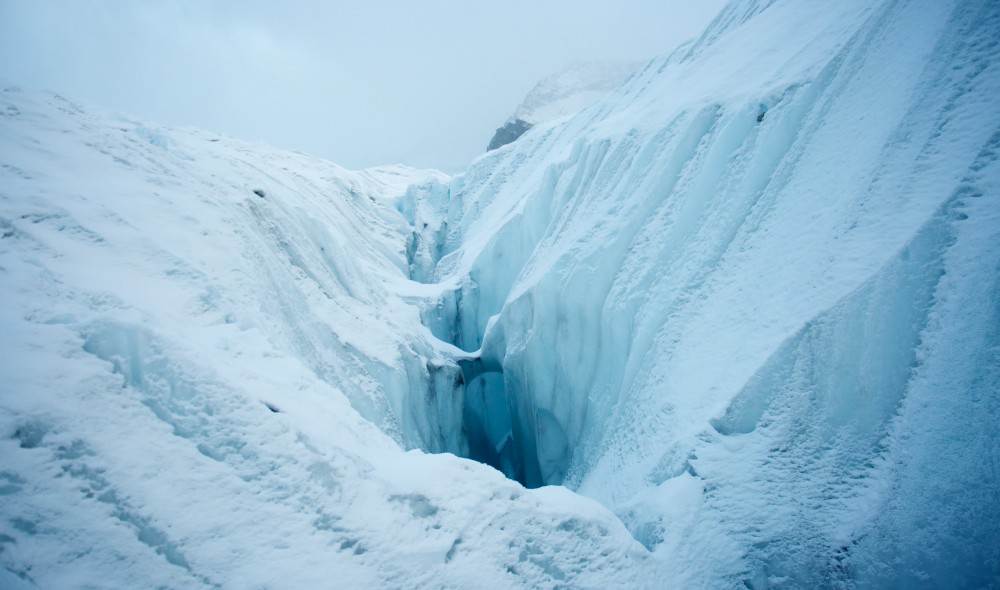
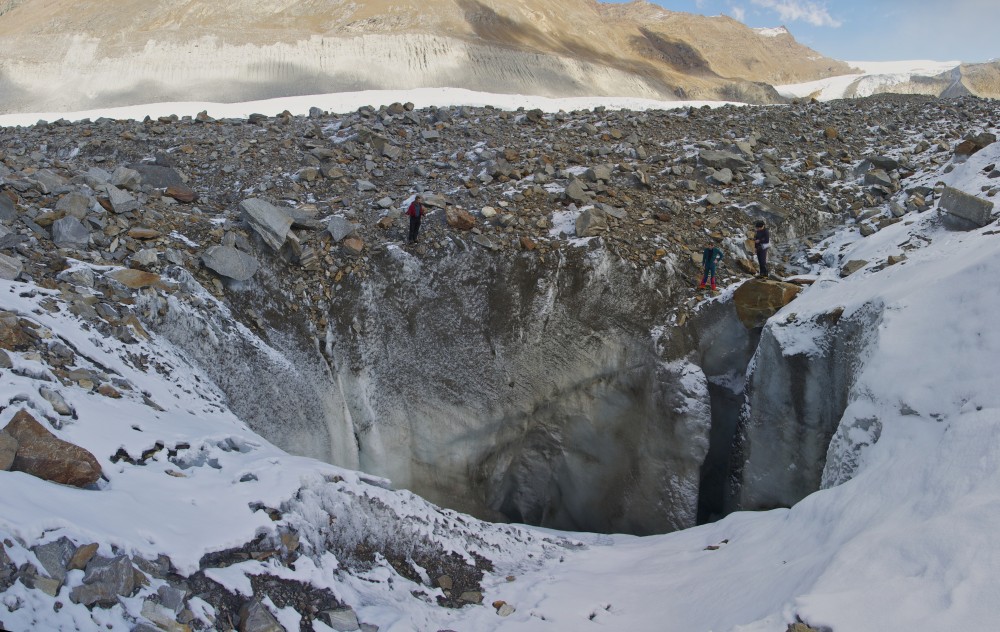
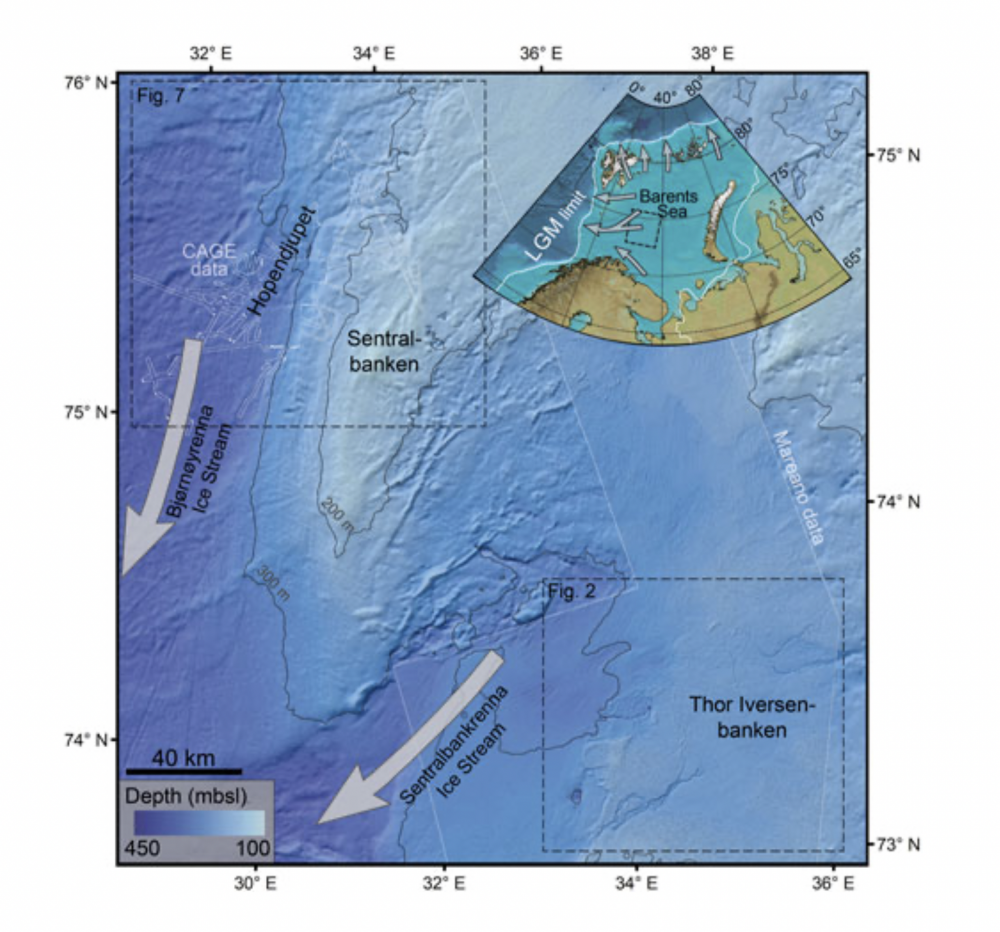
 The red line outlines a channel where water used to flow beneath the ice sheets. The green areas are sediment piles deposited by this water, and give indication of how fast the ice margin retreated.
The red line outlines a channel where water used to flow beneath the ice sheets. The green areas are sediment piles deposited by this water, and give indication of how fast the ice margin retreated.

:format(webp)/cdn.vox-cdn.com/uploads/chorus_asset/file/21694346/acastro_200803_1777_tikTok_0001.0.jpg)
